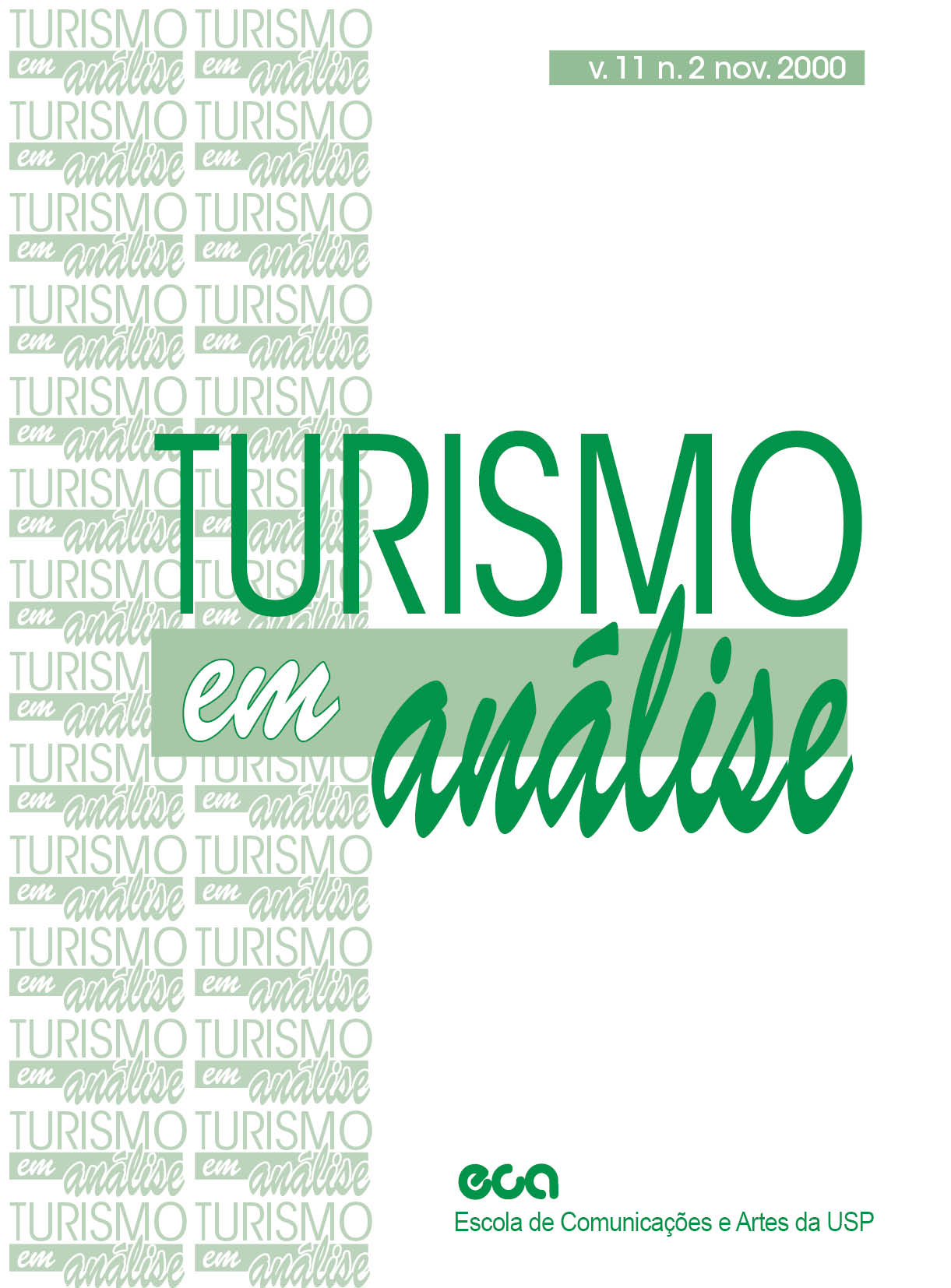Turismo litorâneo: ocupação urbana e formação de ilhas de calor
DOI:
https://doi.org/10.11606/issn.1984-4867.v11i2p71-89Keywords:
anthropogeny, magnificent sphere, coast tourism, urban occupation.Abstract
Several researchers already ended that the effects of the transformation of energy inside the city, with specific forms (vertical structures artificially maids), colors "albedo" and construction materials (conductivity), thereduction of the cooling caused by the decrease of the evaporation (little green areas, transport of the water of the rain through the canalization) and, the production of energy anthropogenic through the emission of heat for the industries, trafficand habitations, they provoke the heating of part of the city causing discomfort and risks to the safety and human health. ln the coast, placed exactly in the limit of the location earth-water, that meets lhe most favorable situation to the phenomenon of the currents of aerial convection, the solar radiation happening on the matters, in the solid state, of the earth and constructions and, in the flowing state, of the air and of the water, heating up these elements in temperatures and different times.
Downloads
Download data is not yet available.
Downloads
Published
2000-11-15
Issue
Section
Articles
License
Authors retain the copyright and grant the journal the right of first publication, with the work simultaneously licensed under the Creative Commons Attribution-NonCommercial-ShareAlike 4.0 International (CC BY-NC-SA 4.0), allowing the sharing of the work with recognition of its authorship and initial publication in RTA.
How to Cite
ALMEIDA, Érico Manoel de. Turismo litorâneo: ocupação urbana e formação de ilhas de calor. Revista Turismo em Análise, São Paulo, Brasil, v. 11, n. 2, p. 71–89, 2000. DOI: 10.11606/issn.1984-4867.v11i2p71-89. Disponível em: https://journals.usp.br/rta/article/view/63519.. Acesso em: 17 may. 2024.











